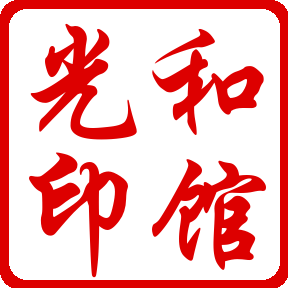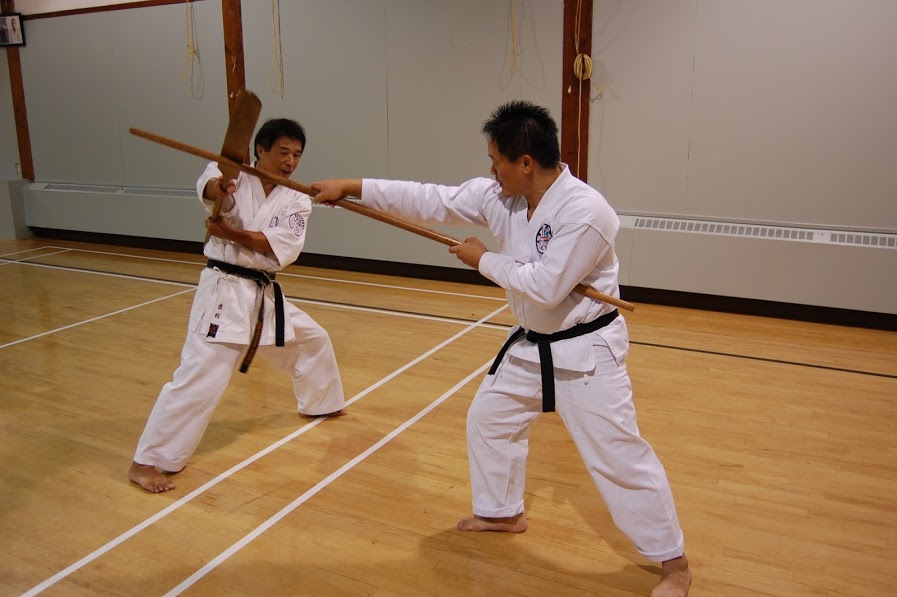The other day I was chatting with one of my students after Kobudo practice and we got on the topic of Yamane (Yamani)-ryu. This of course got me thinking about not only Yamane-ryu, but also the other Kobudo systems (Taira, Matayoshi, Ryukonkai, Ufuchiku) practiced on Okinawa. Below are some random thoughts about Yamane-ryu and Kobudo in general in point-form.
- Like Karatedo systems, teachers and students in Kobudo systems also suffer from the (sometimes incurable disease) “our style is best”. Its not the system directly that is important in Kobudo, but the person using the system that makes (in)effective.
- The staff (kon) used in modern Kobudo are very thin. These are not the staves that were used in the past. My staff when I trained with Minowa sensei was a thick tree branch! When I trained with Kanzaki sensei his staff (which he received from Kyoda Juhatsu) was about 2.5 times thicker than a modern staff. He laughed hysterically when I showed him a modern staff from Shureido. Training with these heavier and sometimes warped staves is educational.
- It’s highly probable that all Kobudo weapons kata have changed since the beginning of the 20th century as no one has had to apply these weapons in a real situation and have instead emphasized them as a cultural pursuit.
- In my very limited observation of Yamane-ryu it seems that modern interpretations of this system have focused on a performance-base that emphasizes footwork, continuous technique and “cutting” with the staff at the expense of direct blocking and power-based striking. In contrast Taira Kobudo is much more direct and power-based, and Matayoshi Kobudo seems to be somewhat in the middle of the two.
- But as I said, it all comes back to the individual student and not the style per se. For example, here is a student of Nakamoto Masahiro (student of Taira Shinken). His technique is very flowing, yet powerful. And here is a video of Murakami Katsumi (a student of Inoue Motokatsu) who also demonstrates flowing technique.
- And let’s not forget Higa Kiyohiko who learned Yamane-ryu from his father Higa Seitoku who learned it from Chinen Masami (the most famous, modern Yamane-ryu teacher). His method has much less of the modern Yamane-ryu flourishes of flow, etc and has more of an emphasis on power. It strikes me (no pun intended) as resembling Taira lineage Kobudo in sections, but Yamane-ryu in others.
- Now contrast Higa’s performance to this modern Yamane-ryu performance. The latter version, IMHO, has taken the kata to pure performance.
- The original Yamane-ryu curriculum is short and entirely staff-based. The other weapons were introduced within past decades. It is in some respects still a beta version.
- FYI, Minowa Katsuhiko sensei (my Kobudo teacher) stated that Taira Shinken’s certificates from Yabiku Moden all stated “Yamane-ryu”.


Leave a comment